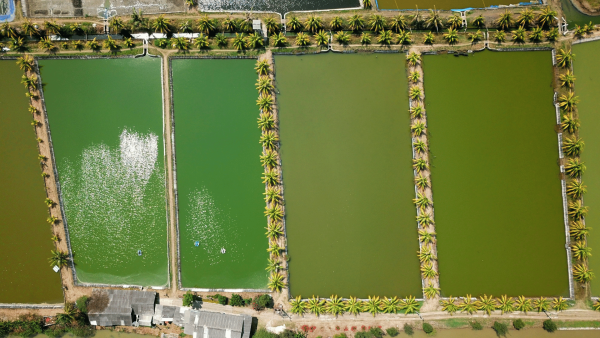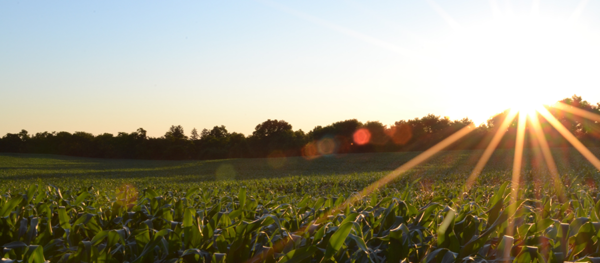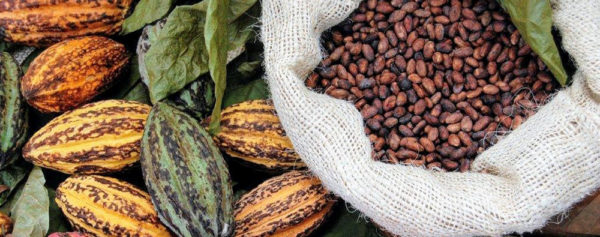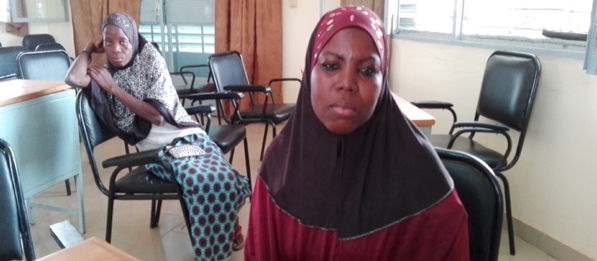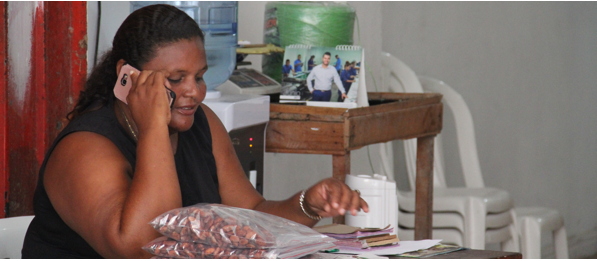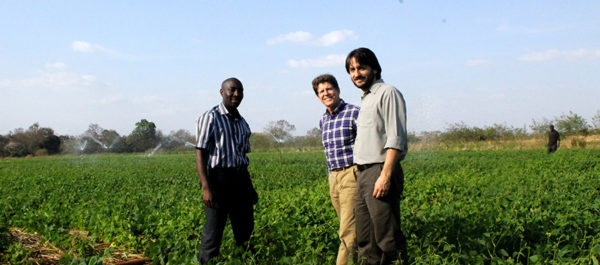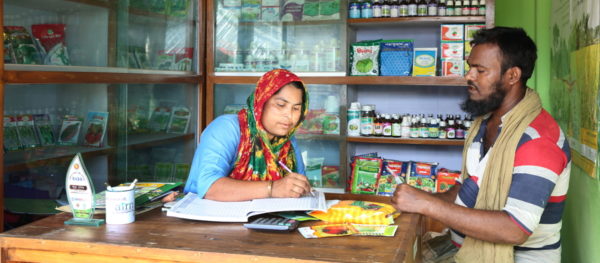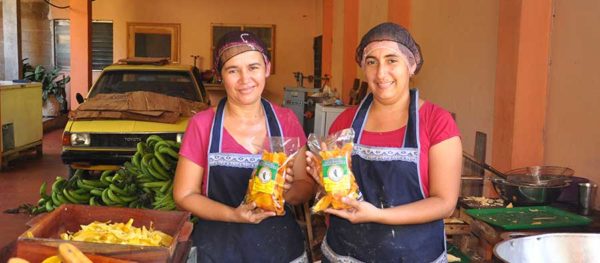Tag: USAID

Could Integrated Aquaculture-Agriculture be the Future of Farming?
Asia: Integrated Aquaculture-Agriculture shows significant improvements in nutrient and economic productivity, a new WorldFish study in Bangladesh reveals.
Read MoreMighty Tools for Mighty Farmers: Investing in Climate-Smart Agriculture Innovations for Smallholder Farmers
Global: Investing in climate-smart agriculture innovations for smallholder farmers.
Read MoreCNFA & Partners Announce New Steps to Cultivate Quality Cocoa in Cote d’Ivoire
Africa & Middle East: New joint initiative seeks to improve the efficiency of the cocoa value chain in Côte d’Ivoire, promising better market links and incomes for farmers.
Read More#FillTheGap! Women in Burkina Faso warrant greater credit
Africa & Middle East: Fatima Nadinga was among those who had been typically blocked from crucial credit until a USAID-funded project implemented by non-profit CNFA trained women in the “warrantage” credit mechanism.
Read More#FillTheGap! Equal rights are brewing in Colombia
Latin America & the Caribbean: Cocoa growers' leader Lidia Grueso has overcome gender bias to become a union manager, and is now leading the charge to improve access to credit for all cocoa farmers, including women.
Read MoreBehind the Success of the USAID Farmer-to-Farmer Approach
Africa & Middle East: CEO of CNFA champions a volunteers scheme taking American agricultural expertise around the world, improving productivity, sustainability and food security.
Read MoreAlexis Ellicott: Bringing Gender Parity to the Agricultural Inputs Sector
Asia: CNFA Chief of Party on the USAID/Agro-Inputs Project tells Farming First how women are being empowered to enter into the male-dominated sector.
Read MoreDriving Growth & Prosperity in Honduras Through Multi-Functional Farming
Latin America & the Caribbean: Executive Vice President of LAC at Fintrac highlights the multiple development outcomes that can be achieved through interventions in agriculture.
Read MorePartnering to End Poverty in Honduras
Latin America & the Caribbean: CropLife Latin America President writes about a breakthrough project in Honduras, that has seen farmer incomes double.
Read More